With her hair pulled back into a tight ponytail, her arms and legs covered with 20 tattoos, and her compact frame fitted out in athleisure, Crystal Smith, the elected chief of the Haisla people, looked more like the hometown basketball star she once was than the fossil fuel exporter she’s about to become.
Smith, 45, lives in an apartment that overlooks a nearly 100-mile-long inlet — a fjord, really — whose densely forested shores the Haisla inhabited well before Europeans colonized what is today British Columbia. Through her kitchen window she can see a $31 billion natural gas export project that is about to open for business. Its flare emits a glow strong enough to penetrate the thick fog that can shroud the village of Kitamaat for weeks on end.
Smith said she likes seeing the flare because it reminds her of the money it will bring her people. Shell, the fossil-fuel behemoth, operates the facility and is helping the Haisla to open their own export terminal just a few miles away.
It will be the world’s first owned by Indigenous people.
Canada’s lofty ambitions to transform itself into a major gas exporter rely to a large extent on Indigenous communities that control swaths of coastal territory. The expansion, which spans British Columbia’s 600-mile coastline, is controversial for a nation that has also pledged to move itself away from planet-warming fossil fuels.
The gas will be shipped to Asia to power some of the most energy-hungry economies in the world. And it will bring an influx of cash to remote Indigenous communities that have long struggled to find a place in the modern economy.
But this new rush recalls the scars of past ones. This region’s land and sea have been exploited for fur, fish, gold and timber, while Native populations have been ravaged by disease, poverty and forced assimilation. The promise of billions of dollars of gas investment has renewed a generations-old debate over Indigenous identity and environmental stewardship.
Smith and the Haisla have gone all in on gas. But some members of a neighboring tribe are preventing gas companies from even setting foot on their land. The divisions run deep — within communities and within people’s hearts.
"Some people call me an apple — red on the outside, white on the inside,” Smith said. "But am I really a sellout, am I really colonized, if I can invest in modern technology? If I realize Asia needs cleaner energy options and I capitalize on that for my people? Is that so far from my values as an Indigenous person?”
Her mentality is one Canada’s government is banking on. Canada is offering First Nations along its Pacific Coast billions of dollars in loan guarantees, promises of equity and other financial incentives to encourage gas development on their land.
The United States dominates exports of liquefied natural gas, or LNG, and Canada wants some of the action. Its Pacific Coast terminals can offer faster and cheaper deliveries to South Korea, Japan and China than terminals on the U.S. Gulf Coast. (The U.S. gas industry has made only fitful starts toward developing its own Pacific Coast outlets.)
Billions of dollars in revenue, and the longevity of Canada’s fossil fuel industry, are at stake. Canada is the world’s fourth-largest crude oil producer and comes fifth in gas. Shell and its partners are spending an estimated $12.6 billion on the first phase of their LNG Canada terminal alone, according to a spokesperson for the joint venture.
In recent decades, Canada’s courts have given Indigenous people more authority over their land. The Haisla are using it to broker agreements on jobs and payouts, while some neighboring Gitxsan and Nisga’a people are using that same new authority to fight gas companies.
"We’re damned if we do and damned if we don’t,” said Brad Starr, a Haisla artist who makes wood carvings in a studio across the street from Smith’s apartment. "But every one of us and our children will get money in the bank from this. It’s that simple. We have so much to rebuild.”
Starr plans to carve a panel that features a crane erecting a bridge to Shell’s terminal, the machine imbued with depictions of local wildlife. And in a May referendum, he joined 97% of the Haisla in voting yes to gas development. Many put aside their fears that the terminals and tankers might harm whales and fish that have both economic and spiritual significance, to say nothing about the contribution of gas emissions to climate change.
A history of discrimination and forced displacement, which has entrenched poverty and cultural loss, is what Smith hopes to counter with the new investments.
The tribe could barely afford a photocopier in the years before the gas companies started courting the Haisla, she said. "We had no solutions for our people. The money — the detox programs, the suicide prevention, housing, language classes — it’s a chance, maybe our only one.”
On a recent night, Smith took her 15-year-old daughter, Emma-Leigh, to basketball practice at a gym that Smith hopes to upgrade with gas proceeds. Its walls were lined with championship banners stretching back to 1965, just five years after Indigenous people in Canada were granted full voting rights.
Lonely road, long history
"Road Closed,” says the sign, down a dark and lonely dirt road through the forest. The weathered board looks over a locked metal gate and a smashed-up old Acura festooned with another warning sign. The message is clear: Gas business not welcome.
As humble as the barrier is, it is symbolic of the power Indigenous people in Canada are trying to assert, through courts and protests, over what can and cannot be done on land where they have aboriginal title under Canada’s constitution. Through the 1970s, loggers cut down and trucked out 1.2 million tons of Western red cedar off this remote road alone. Today the proposed route of the Prince Rupert Gas Transmission pipeline runs under the still-recovering forest.
The most recent anti-gas protests failed.
Despite staging years of demonstrations and drawing supporters from far and wide, the neighboring Wet’suwet’en ultimately lost their battles with the Canadian government and in the courts. Their land is now crossed by Coastal GasLink, which will supply Shell’s LNG Canada facility and the Haisla’s terminal, Cedar LNG.
In 2020, that pipeline was pushed through under heavy police guard.
The pipeline crossing Gitxsan territory has been approved by the Canadian government, and early construction is under way. It would feed a gigantic proposed terminal about 90 miles north of the Haisla’s, on Nisga’a tribal land, co-owned by the Nisga’a and gas companies based in Alberta and Texas.
"So, we have to sacrifice our ground so they can have gas in Asia?” said Charlie Wright, chief of one of the Gitxsan’s sub-clans, the Luutkudziiwus house. "Crazy.”
Wright gathered with family and community members at a small camp. As daylight dimmed into night’s damp chill, he lit a fire and roasted strips of dried salmon, crisping them up and unlocking their fats. Speaking in the Gitxsan language, he led the group in prayer.
Unlike Smith, he wasn’t elected. Most First Nations now have both hereditary chiefs and elected ones, the latter being part of changes made in the late 1800s that sought to replace traditional governance with agents answerable to the Canadian government.
The elected chiefs of the Haisla, Gitxsan, Wet’suwet’en and Nisga’a are all in favor of gas-related development.
"You’ve got people who cherish the teachings of our ancestors, who know our cultures are on the verge of extinction, who understand there’s no such thing as a zero-risk pipeline,” said Pansy Wright-Simms, a Gitxsan matriarch, "and then you’ve got people who see their territory as for sale.”
She disagrees with people like Smith. They have opposite answers to this question: Could an influx of money help save their way of life or speed its destruction?
"Our sustenance comes from our forests and our rivers,” Wright-Simms said. "And you’re telling me that clear-cuts, thousand-man camps and construction equipment on the banks of our streams is environmentally OK? There’s no amount of money we’d take to allow that.”
Pipeline through the hemlock
Down on Nisga’a land, the first gashes through the forests are already cut — hemlock, spruce, cedar and pine making way for a pipeline. There’s space cleared for logging teams to live. On one end of the giant clearing are their trailers. On the other, a pile of mangled trees.
Another clear-cut line snakes its way toward the Pacific, down the banks of the Nass River and over lava beds deposited by an eruption a few hundred years ago, an area some Nisga’a consider hallowed ground for the villages buried by the calamity. And on Pearse Island, uninhabited except for grizzly bears, minks, martens, otters and uncountable species of birds, the site of a facility that could one day export 12 million tons of gas per year is being dug up.
The influx of workers has caught some people off guard. "Our leaders didn’t so much as consult us as declare it to us,” said Cecil Mercer, 55, who was a logger himself until he broke his hand in an accident.
Eva Clayton, the Nisga’a’s elected chief, did not respond to requests for a meeting.
The fjord at the mouth of the Nass is nearly vast enough to make the developments seem puny. Its beauty is of an almost hallucinogenic variety, a kaleidoscope of mist, moss and frost, rinsed by near-constant rain and snow and drained by topaz-blue streams.
Northern fur seals, orcas and humpback whales troll the open channel. Dungeness crab and tiger prawn are so legendarily plentiful in its frigid waters that they draw fishing fleets from Vietnam.
The terminal isn’t a done deal — it hasn’t gotten its final commitment of financing from lenders. But locals say there’s an air of inevitability.
"Half of us are for it, half of us against it,” said Larry Stevens, 30, a member of the tribal coast guard and an occasional fishing guide. "Split like that, right down the middle, the big money will have its way.”
Some residents of the valley said they were all for jobs and development, but felt the environmental costs were too high.
Sam Evans, a local engineer, said he’d seen springs he grew up drinking from ringed with little red flags denoting the pipeline’s route.
"My sense is they’re falling for the old trap,” he said, "short-term benefits, long-term damage.”
Last summer Mercer gathered signatures calling for an injunction against the project and collected more than 200, about 10% of the valley’s residents. Each is written in blue ink on sheets of loose leaf binder paper, scribbled in the shaky or refined or rushed handwriting of Nisga’a people up and down the Nass.
"They want to make us into a memory — even our chief seems OK with that,” Mercer said. "‘Oh, the Nisga’a, they used to live off the land and the sea, but now they’re a big name in the gas industry.’ Are you bleeping kidding me?”
This article originally appeared in The New York Times © 2025 The New York Times Company








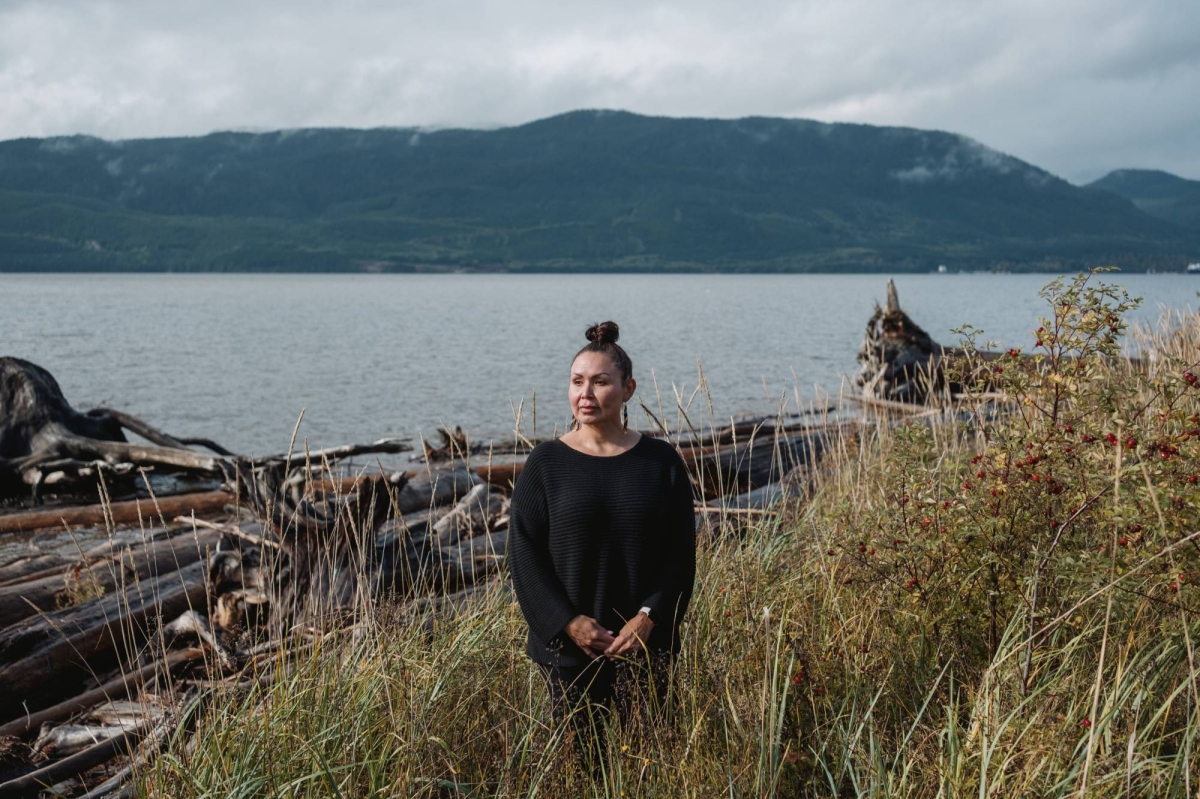
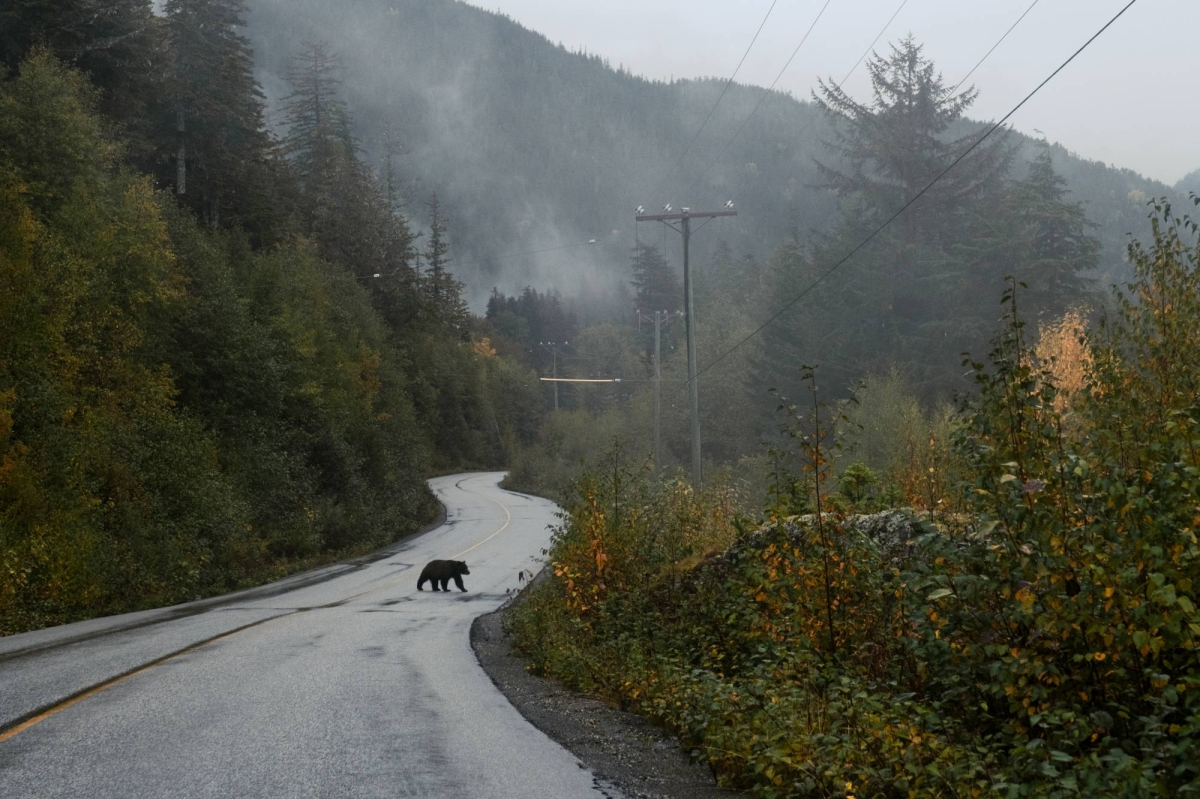
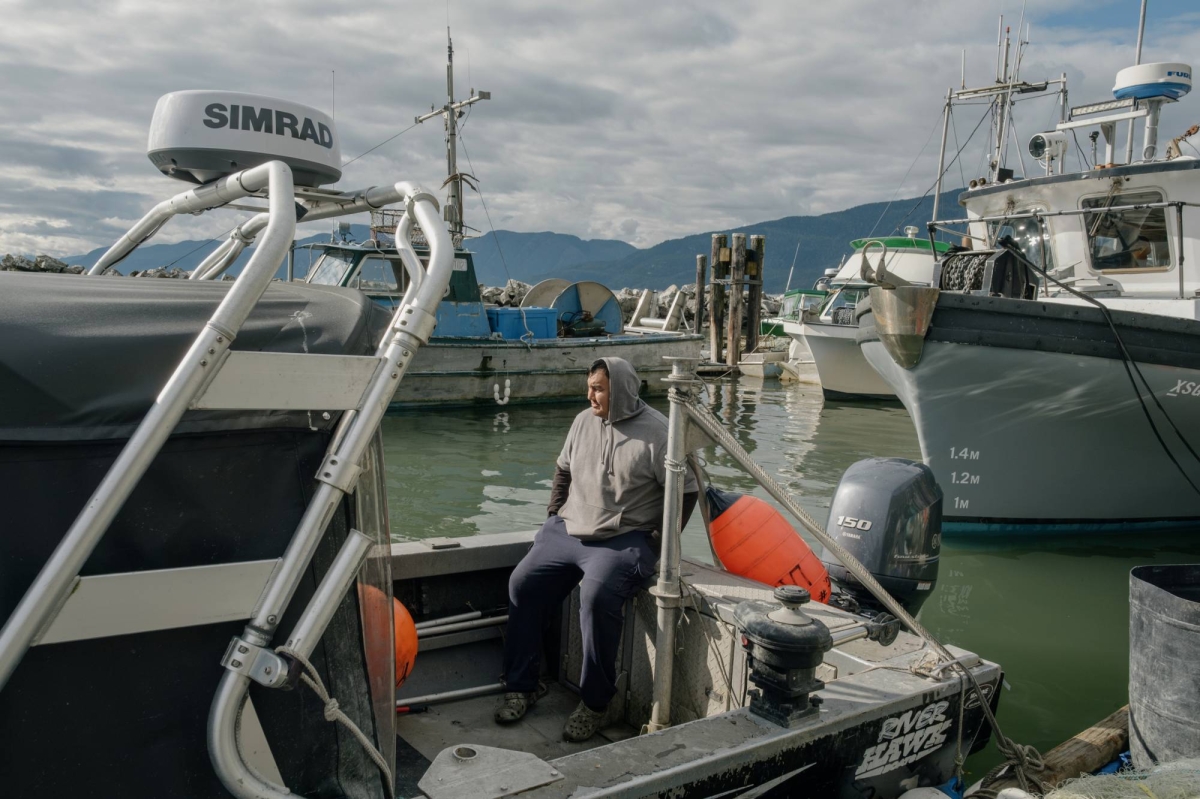
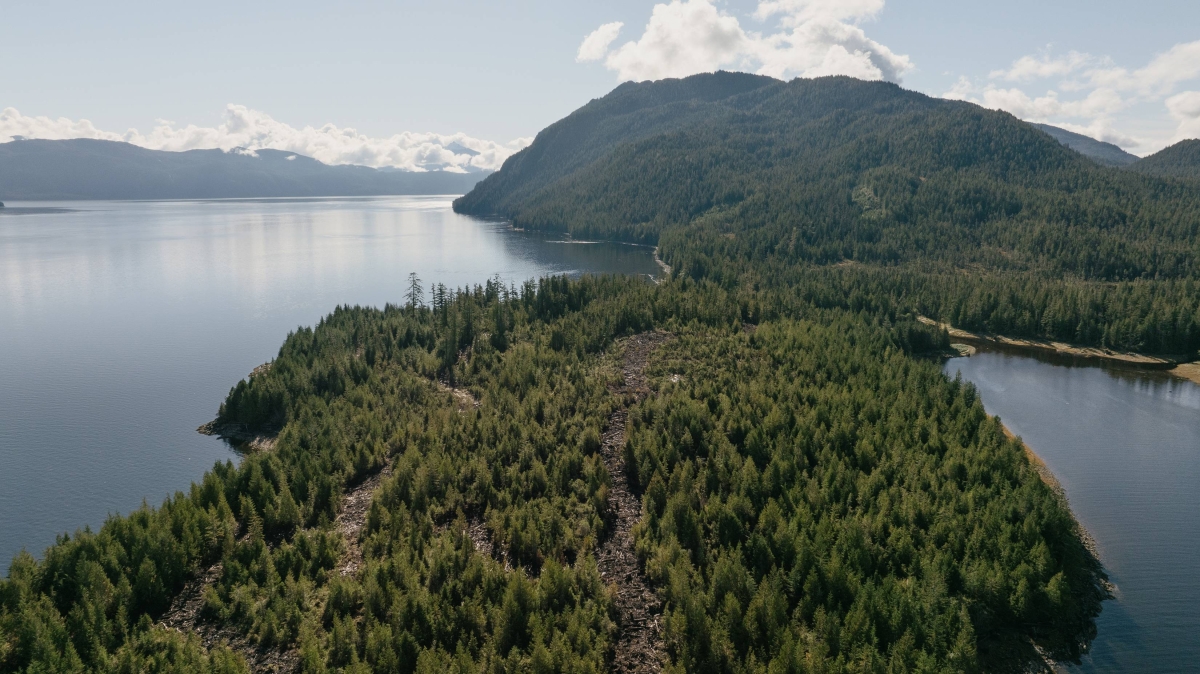
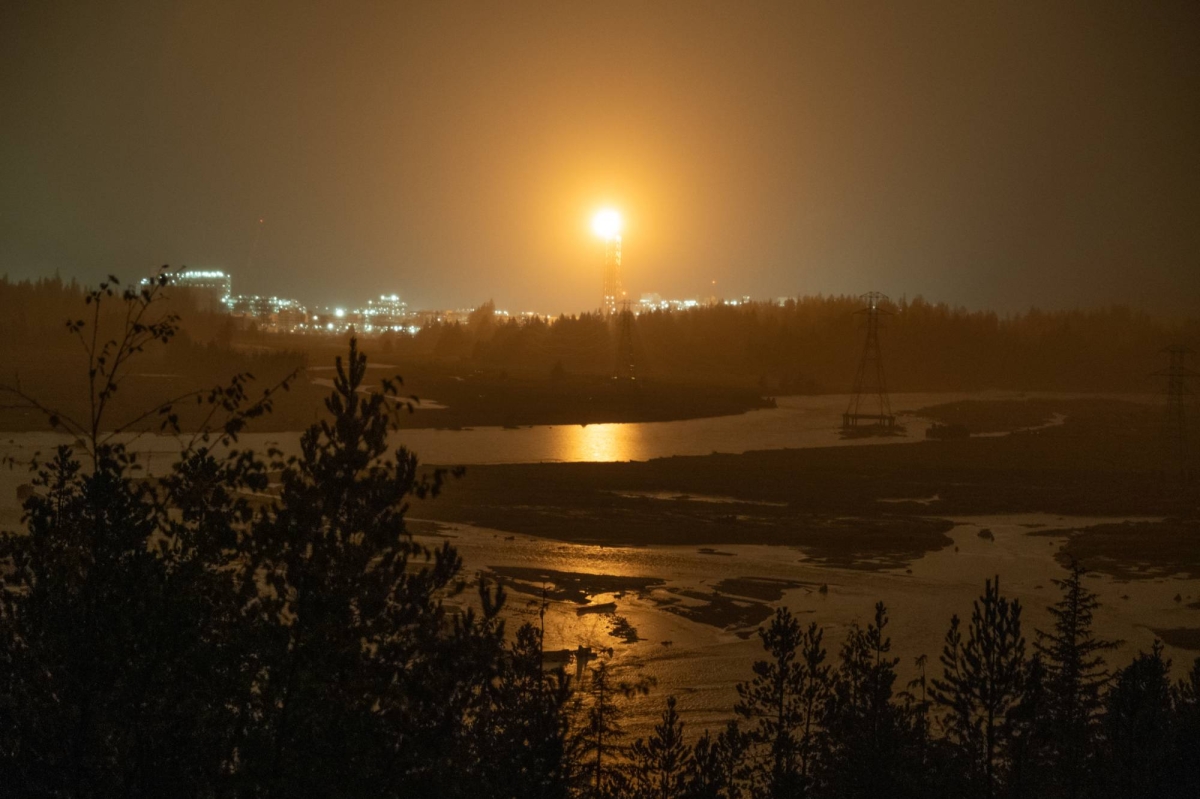















With your current subscription plan you can comment on stories. However, before writing your first comment, please create a display name in the Profile section of your subscriber account page.